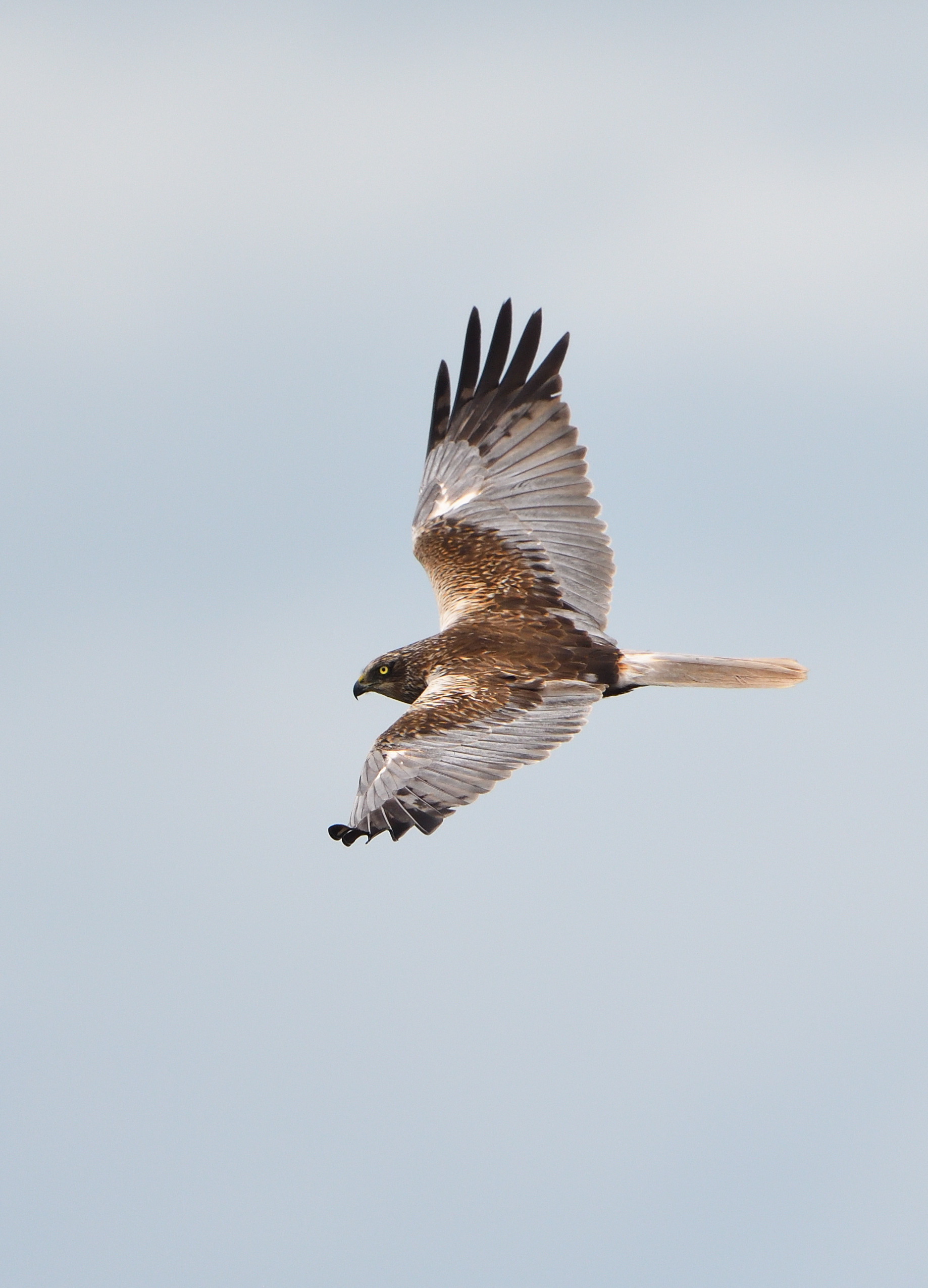Great Crested Grebe Family and Me!

The graceful Great Crested Grebe is a familiar sight on our lakes and reservoirs, and is well-known for its elaborate courtship dance, during which it rises vertically out of the water and shakes its head. The largest and most often seen grebe, the great crested grebe has an impressive plume on its head and orange ruff around its neck during the breeding season. It has white cheeks, a dark cap, a white neck and a dark body. Grebes are diving waterbirds, feeding on small fish and aquatic invertebrates. Great crested grebes nest on floating platforms made up of waterweed. They can be found on lakes and reservoirs everywhere. I was recently fortunate to spend some time with an adult pair, who were busy building their nest. This was great news, as hopefully, over the following weeks, they would sucessfully breed and give me the opportunity to follow their progress. The site of their original nest, was perfect and directly in front of my hide. However, over the next few days, some vio...
